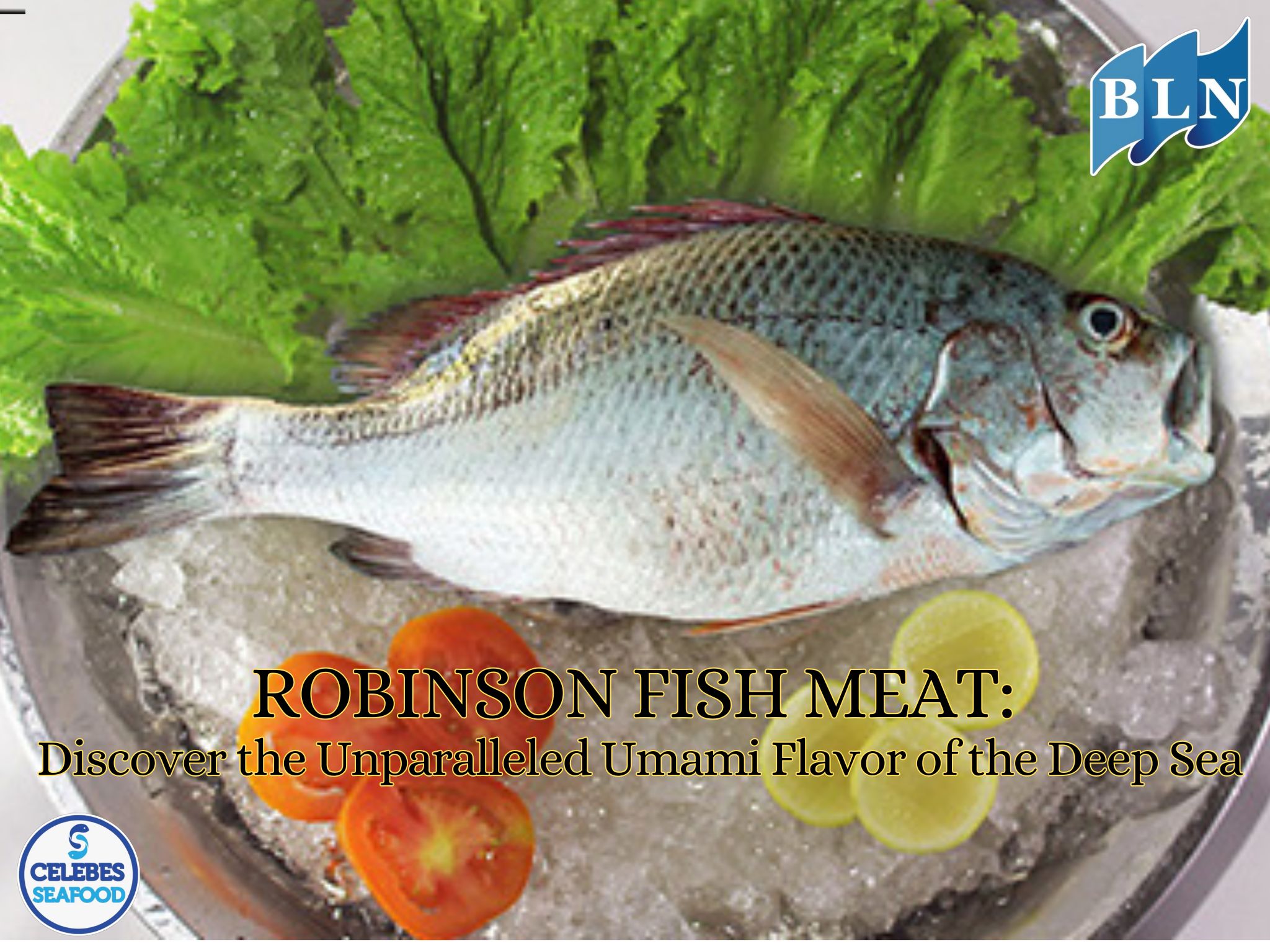Baby Squid: From Egg to Exploring the Ocean
By. Tri - 22 Jul 2025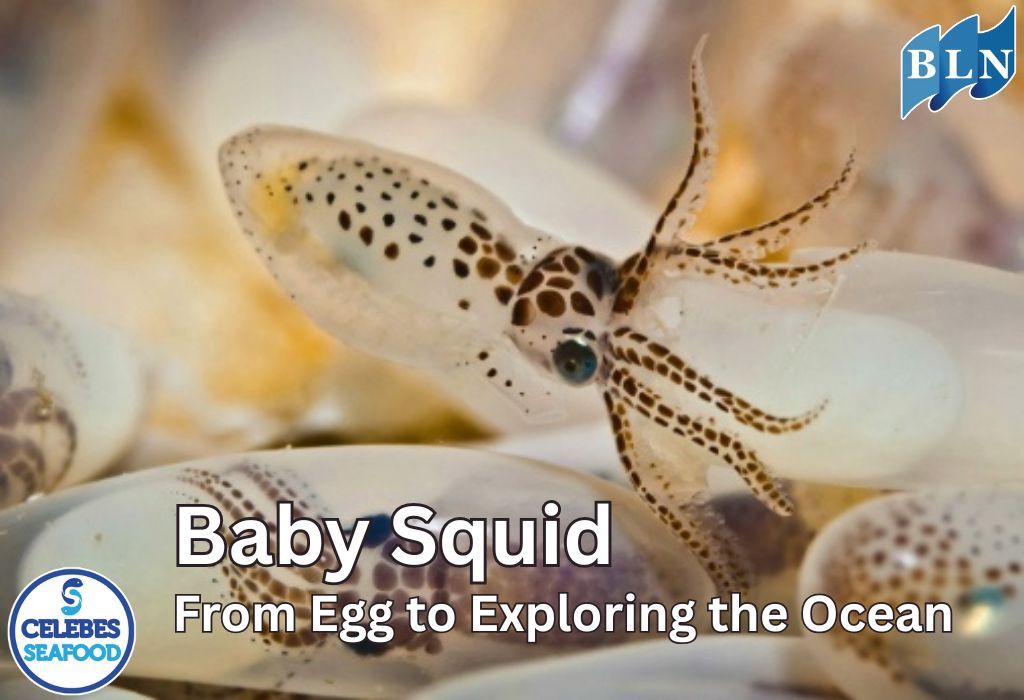
lautnusantara.com The life journey of a squid, from a tiny egg to a nimble ocean explorer, is a fascinating story. Though seemingly simple, each stage presents unique challenges and characteristics that ensure the survival of the species.
The Egg Stage: A Hidden Beginning
It all begins with the egg. Female squid typically lay their eggs in clusters, often attaching them to underwater structures like seaweed, coral, or even debris. Squid eggs often look like small, cloudy white grapes or teardrops, protected by a thin, transparent membrane. Inside this protective casing, the squid embryo develops. The incubation process can last from a few weeks to several months, depending on the species and water temperature. During this period, they are vulnerable to predators and environmental changes.
The Hatchling Phase: Self-Sufficient Miniatures
When the time is right, the eggs hatch, releasing baby squid (often called hatchlings). What's remarkable is that these baby squid hatch already looking very much like adult squid, just in miniature form. They possess all essential organs, including large eyes, functional arms and tentacles, and an ink sac. This differs from many other marine species that go through larval stages vastly different from their adult forms.
Once hatched, baby squid are immediately self-sufficient. They don't require parental care and instantly swim freely to find food. Their incredibly small size (often just a few millimeters) makes them easy targets for various predators, such as small fish, crustaceans, and even larger squid. The survival rate at this stage is very low, with only a fraction managing to survive.
Read Also : Hidden Nutrients in Octopus Meat: A Source of Excellent Protein and Minerals
Growth and Development: Towards Adulthood
After hatching, baby squid focus on rapid growth. They consume small plankton, crustacean larvae, and other aquatic invertebrates. With each meal, their body size increases, and their hunting abilities improve. Their nervous systems develop rapidly, allowing them to learn and adapt to their constantly changing environment.
During this growth phase, squid will undergo several molts (shedding their skin) to accommodate their expanding body size. They also begin to display remarkable camouflage abilities, changing their skin color and texture to blend in with their surroundings, both to hide from predators and to ambush prey.
Exploring the Ocean: The Agile Predator
Once they reach juvenile and adult size, squid are ready to explore the ocean more broadly. They become more effective predators, preying on small fish, shrimp, crabs, and even other squid. They use their camouflage, speed, and powerful arms and tentacles to capture prey.
Adult squid life often revolves around feeding, reproduction, and avoiding larger predators like sharks, dolphins, and seals. Although the squid life cycle is relatively short (typically 1-2 years), they play a vital role in marine ecosystems as both predators and prey.
From a vulnerable egg to an agile hunter in the vast ocean, the journey of a baby squid is a testament to the remarkable adaptation and resilience of life underwater.
If you are interested in our OCTOPUS WHOLE CLEANED FLOWER TYPE, OCTOPUS WHOLE CLEANED BALL TYPE please do not hesitate to contact us through email and/or whatsapp
 in Coral Reef Ecosystems.jpg)
.jpg)


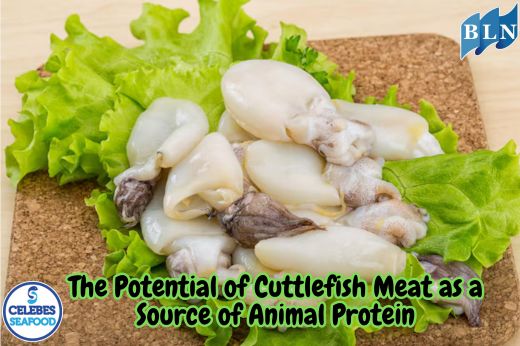
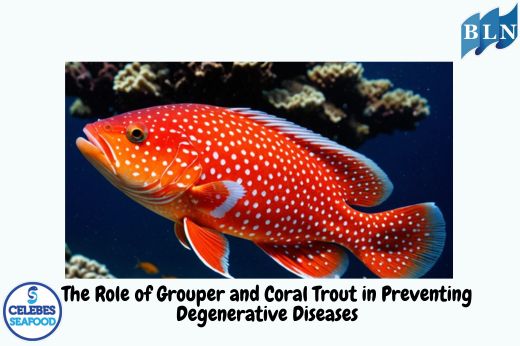
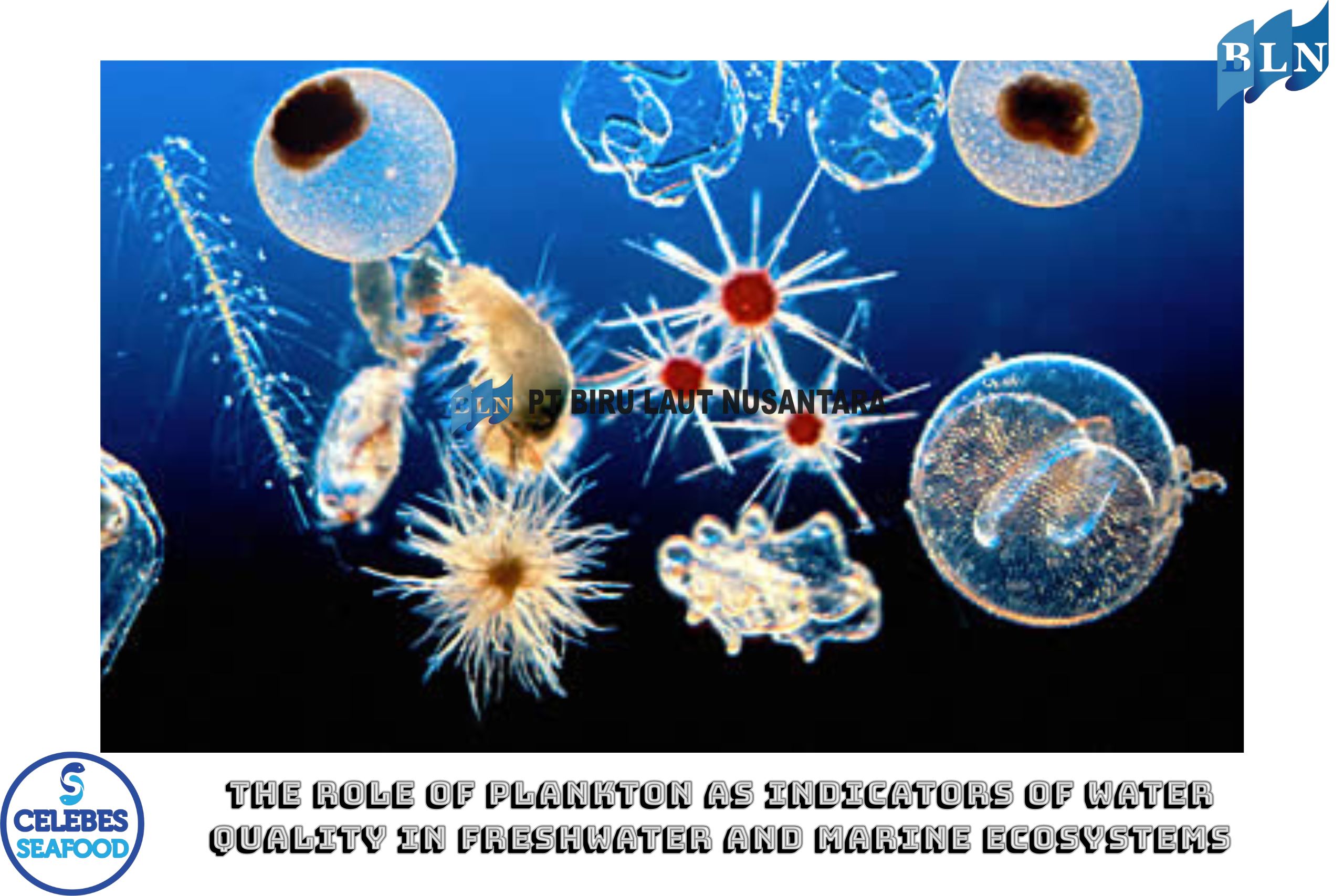
 and Its Impact on Indonesia's Maritime Economy.jpg)
